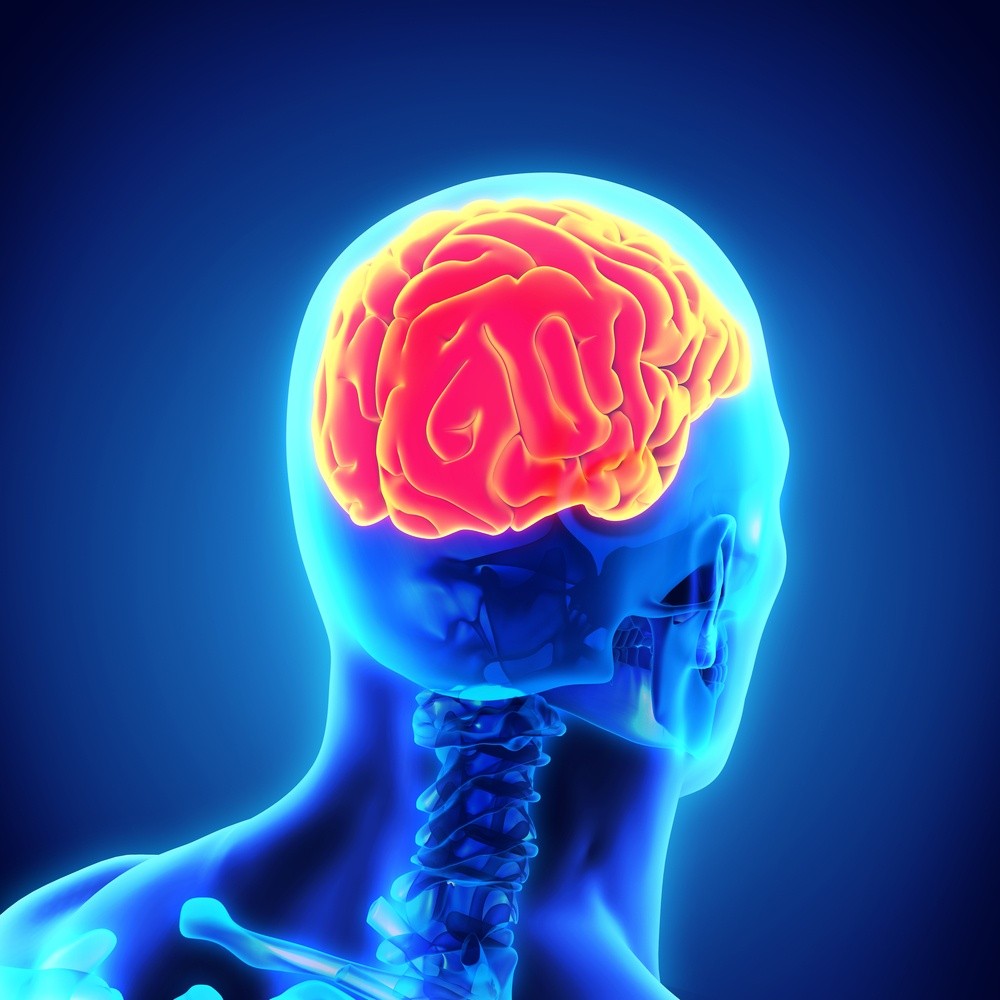- PATIENT FORMS | REQUEST A CONSULTATION | CONTACT US
- 1-844-NSPC-DOC
Gamma Knife Radiosurgery
What is Gamma Knife Radiosurgery?
Gamma Knife radiosurgery, a form of stereotactic radiosurgery, is a neurosurgical technique for treating brain tumors and other brain diseases with highly focused radiation beams.
It is the most precise form of single-session brain radiation surgery. First, a specially designed frame securely holds the patient’s head stationary while medical imaging creates a three-dimensional diagram of the brain. With the exact coordinates from the brain imaging, neurosurgeons can then pinpoint the abnormality and direct the gamma rays to the tumor, lesion or other affected area.
Because the procedure uses a radiation beam and not an incision, the process is bloodless. Radiosurgery can often be used in place of standard surgery and radiation. This non-invasive treatment usually allows a patient to be discharged the day of surgery.
Common Conditions Treated by Gamma Knife Radiosurgery
Our premier specialists are experienced in treating a variety of conditions:
- Malignant brain tumors such as metastases
- Benign brain tumors such as meningiomas
- Brain cancer
- Arteriovenous malformations (AVM)
- Trigeminal neuralgia (TN) – sharp facial spasms
- Acoustic neuromas
- Pituitary tumors
- Cavernous malformations
Gamma Knife Radiosurgery Procedure
Adults are generally kept awake during the treatment, but children are usually given anesthesia to prevent them from moving during the procedure. The treatment may take several hours.
- Preparation The patient’s scalp is numbed in preparation for the procedure. Pins that press just under the head secure a frame to the head.
- Mapping An MRI (magnetic resonance imaging) or CT scan (computerized tomography) creates a three-dimensional map. Comparing the reference points on the frame, the neurosurgeon will pinpoint the tumor, lesion or area to be treated.
- Planning the Procedure Using the imaging scans, the expert medical team will plan the treatment process to accurately deliver the correct amount of radiation to the area.
- Gamma Treatment The machine directs beams of gamma radiation from many angles into the targeted point.
- After Care Once the head frame is removed, the pin holes on the scalp may be a bit sore, and the patient may have a headache or feel nauseated. The patient may not notice results of the procedure right away; effects can take several weeks, months and sometimes longer.
Connect With Our 7 Convenient Locations
across Long Island, NY
Our expert physicians, surgeons and doctors are ready to serve you at our 7 convenient locations across Long Island, NY. Connect today to learn how our award winning, world class experts can help.
4250 Hempstead Turnpike Suite 4,
Bethpage, NY 11714
(516) 605-2720
COMMACK
353 Veterans Memorial Hwy,
Commack, NY 11725
(631) 864-3900
One Hollow Lane, Suite 212
Lake Success, NY 11042
(516) 442-2250
MANHATTAN
215 E. 77th Street Ground Floor
New York, NY 10075
(646) 809-4719
PORT JEFFERSON STATION
1500-8A Route 112,
Port Jefferson Station, NY 11776
(631) 828-3001
100 Merrick Road, Suite 128W
Rockville Centre, NY 11570
(516) 255-9031
WEST ISLIP
500 Montauk Hwy
West Islip, NY 11795
(631) 983-8400
World
Class
Expertise
For over 50 years & 350,000 patients NSPC has been a trusted global medical leader.
Contact us today for an appointment or consultation.





